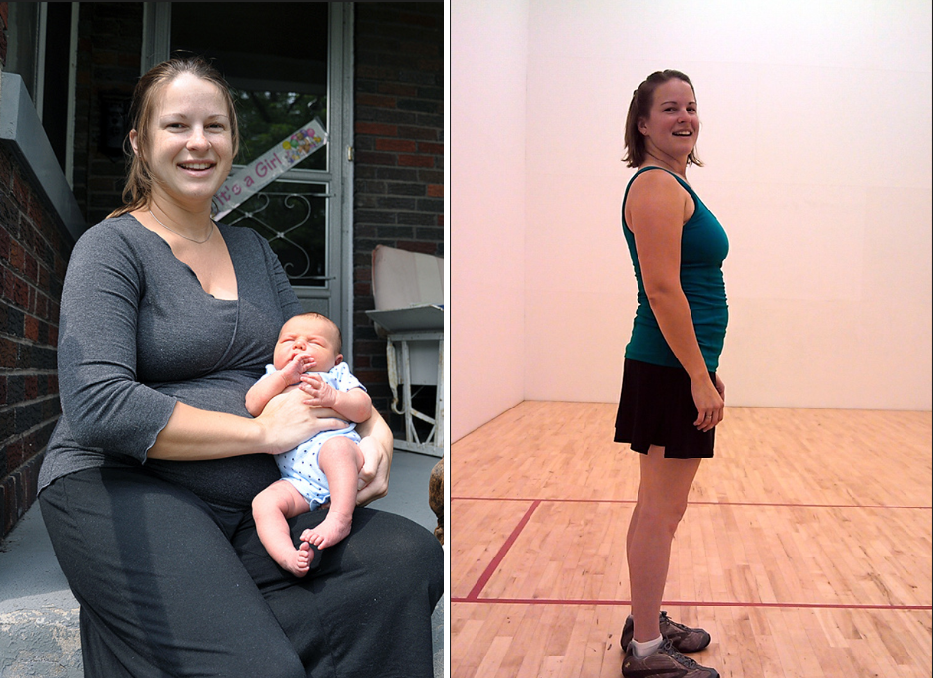Enter the First Hall of Shaolin
If you are putting off joining a martial arts program because you feel that you are not in shape, don’t! You don’t have to be in great shape to start a martial arts program! If a martial art is legitimate, it will have exercises and movements built in, that will help practitioners improve and maintain health and fitness.
At Red Tiger Martial Arts, we refer to anything that you can do to build strength, stamina, and flexibility as the “first hall” of Shaolin Wing Chun (Kung Fu). In fact, repeated practice of most traditional forms will help with the development of these attributes, as well as instill the necessary muscle memory needed to deploy martial tactics under pressure.
However, since the majority of class time is usually focused on technical skill, it is reasonable to expect that a student will take charge of their general physical conditioning on their own time. However, you are not alone in this endeavor! We can help!
Creating a well-rounded exercise program involves considering several key factors to ensure it's effective, safe, and enjoyable. Here are some important ones:
1. Setting Clear Goals and Objectives:
Specificity: What do you want to achieve? Weight loss, muscle gain, improved cardiovascular health, increased flexibility, or a combination? Defining your goals helps tailor the program to your specific needs.
Measurable Progress: How will you track your progress? Using metrics like weight, body measurements, strength gains, distance/time improvements, or even just how you feel helps you stay motivated and adjust the program as needed.
Achievable Targets: Set realistic goals that challenge you but are attainable. Starting with smaller, manageable steps and gradually increasing intensity or duration prevents discouragement and reduces the risk of injury.
Relevant to You: Choose activities you enjoy and that fit your lifestyle. This increases adherence and makes exercise a sustainable habit.
Time-Bound: Establish a timeframe for achieving your goals. This adds structure and accountability to your program.
2. Choosing the Right Activities:
Variety: Incorporate different types of exercise to work various muscle groups and improve overall fitness. Include:
Cardiovascular/Aerobic Exercise: Activities like running, swimming, cycling, or dancing that elevate your heart rate and improve endurance.
Strength Training/Resistance Exercise: Exercises using weights, resistance bands, or bodyweight to build muscle strength and power. Important for bone health and metabolism.
Flexibility Exercises: Stretching, yoga, or Pilates to improve range of motion, prevent injury, and enhance overall mobility.
3. Considering Individual Factors:
Fitness Level: Start where you are and gradually increase intensity and duration. A beginner needs a different program than a seasoned athlete.
Age: Adapt exercises to suit your age and physical capabilities. Older adults may benefit from lower-impact activities and exercises that focus on balance and stability.
Health Conditions: Consult your doctor or a physical therapist if you have any underlying health conditions to ensure the program is safe and appropriate.
Preferences and Interests: Choose activities you find enjoyable to increase motivation and adherence.
4. Structuring Your Workouts:
Warm-up: Prepare your body for exercise with 5-10 minutes of light cardio and dynamic stretching.
Workout: Focus on the specific exercises and activities you've chosen based on your goals.
Cool-down: Allow your body to gradually recover with 5-10 minutes of light cardio and static stretching.
Frequency and Duration: Aim for at least 150 minutes of moderate-intensity aerobic exercise or 75 minutes of vigorous-intensity aerobic exercise per week, along with strength training exercises twice a week.
Progression: Gradually increase the intensity, duration, or frequency of your workouts over time to challenge your body and continue making progress. Listen to your body and take rest days when needed.
5. Prioritizing Safety:
Proper Form: Learn the correct technique for each exercise to minimize the risk of injury. Consider working with a qualified trainer to learn proper form.
Listen to Your Body: Pay attention to pain signals and stop if you feel any discomfort. Don't push through pain.
Rest and Recovery: Allow your body adequate time to recover between workouts. Include rest days in your program and get enough sleep.
Hydration and Nutrition: Drink plenty of water before, during, and after exercise. Fuel your body with a balanced diet to support your workouts and recovery.
*Important Note: It's always a good idea to consult with a healthcare professional or certified fitness trainer before starting any new exercise program, especially if you have any underlying health conditions or are new to exercise. They can help you create a personalized plan that is safe, effective, and tailored to your specific needs and goals.
At Red Tiger Martial Arts we will give you the tools to succeed on and off of the mat, whatever your goal may be!

